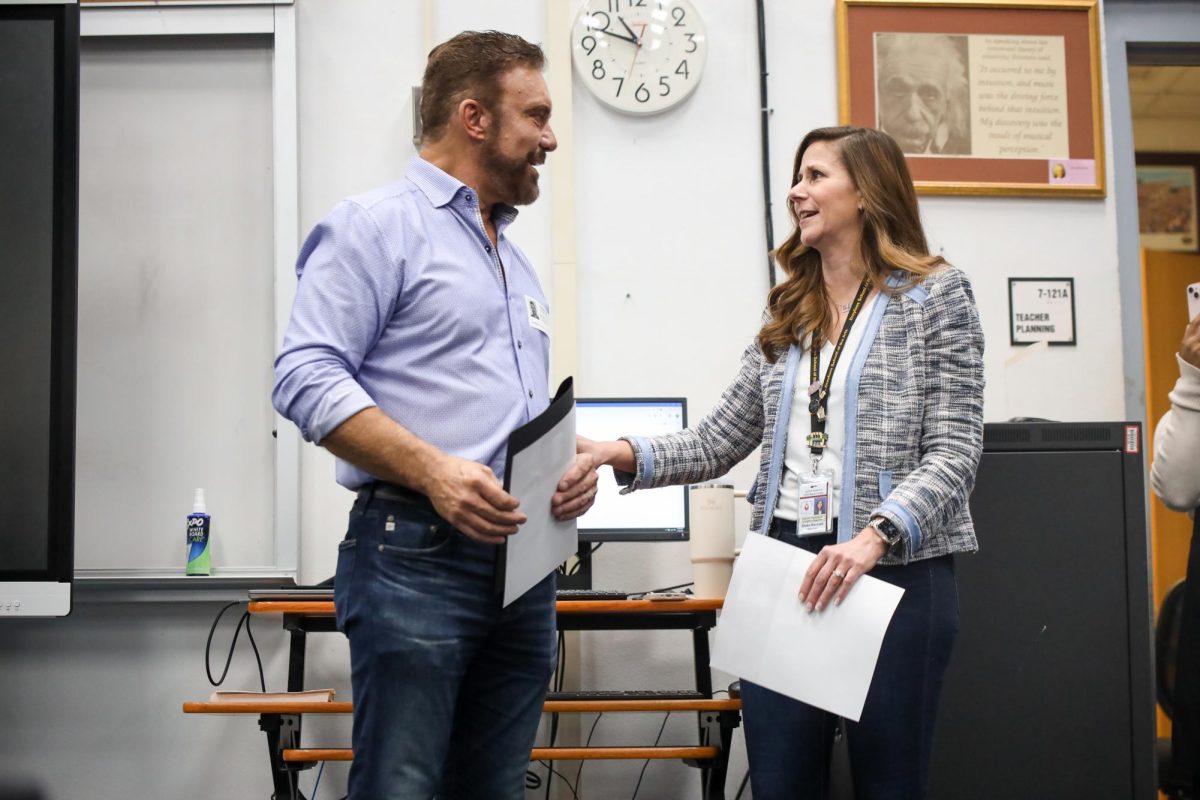On Wednesday, Sept. 28 — while we were off due to Hurricane Ian — I was able to get homework done, spend time with friends, and have a nice dinner with my family without a thought regarding a hurricane moving towards Florida.
Almost directly on the other side of the state, students like me were barricading their homes or evacuating out of fear for their safety.
I went to sleep that night and woke up in my house exactly as I had left it. Meanwhile, in places like Tampa and Fort Myers, others woke up to their homes in shambles with water levels continuing to rise.
This is the tale of two storms.
Floridians, specifically students, might see hurricane season as a hopeful time, mostly on account for the possibility of days off from school. While the storms may seem like a joke among today’s students, there is another side we fail to acknowledge when downplaying their effects.
In the last 20 years, our state alone has been hit by ten hurricanes of Category 3 or higher, with hundreds of deaths to match the intensity with which these meteorological catastrophes hit civilization. Just mere days after Hurricane Ian’s landfall, its death toll reached 106.
As I sat in my home, watching the news while the storm tore up cities not far from where I live, I realized why this is not a joking matter.
The problem arises because it can be simpler to make a joke out of something difficult rather than accept its reality.
A Stanford University study in 2011 found that the act of finding humor in a difficult situation makes it easier to cope with, resulting in greater mental flexibility to find the bright side of a problem.
Yet while it may be easier to belittle the significance of something in your head, the negative real world effects speak largely for themselves.
A cruel truth of these storms is the impact they have on the islands surrounding us. Places like Puerto Rico and the Bahamas, both with infrastructure far less developed than ours (Puerto Rico specifically has an infrastructure rating of “D-”),are hit between five to 10 times each hurricane season, with winds from tropical storms to full fledged Category 5 hurricanes.
In fact, just weeks ago, Hurricane Fiona ravaged Puerto Rico — which was still recovering from damage caused by Hurricane Maria in 2017, including the knocking out of power across the island — which’s infrastructure had still not fully recovered from Hurricane Maria in 2017. Yet, places like Puerto Rico, which are not in the continental US, have a history of getting less aid than US states, despite the fact that they get more powerful winds more often.
While my peers and I were able to return to school that Friday, others did not have a school, or for some, even a home, to return to. While we were making jokes about Ian, it was ravaging towns, making them nearly unlivable for some areas near water.
This cycle of using humor to downplay disasters needs to end. We as a society need to learn how to handle situations that have serious effects. We need to take action to help, rather than stand to the sidelines and crack jokes about the situation at hand.
Ian could have just as likely ravaged Palm Beach County, and this is not the worst of what is to come as scientists warn of potential Category 6 hurricanes in upcoming seasons. If a hurricane were to come to this county, destroying our homes, would we want others to be rejoicing on a day off of school? After all, in order to combat the negative realities of the storm outside, we must first conquer the storm within.
But, as students on the west coast are returning to schools, first responders are working tirelessly to return to normalcy, and government officials are pouring in funding to help those who have lost so much.
It is at this time where we must face the realities at hand, unite, and not turn a blind eye to the problem, but instead do what we can to help.
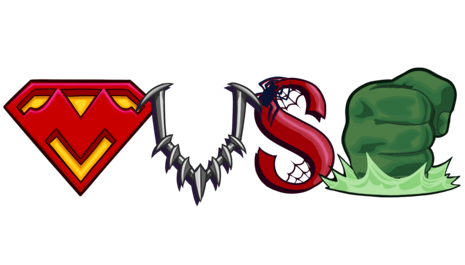



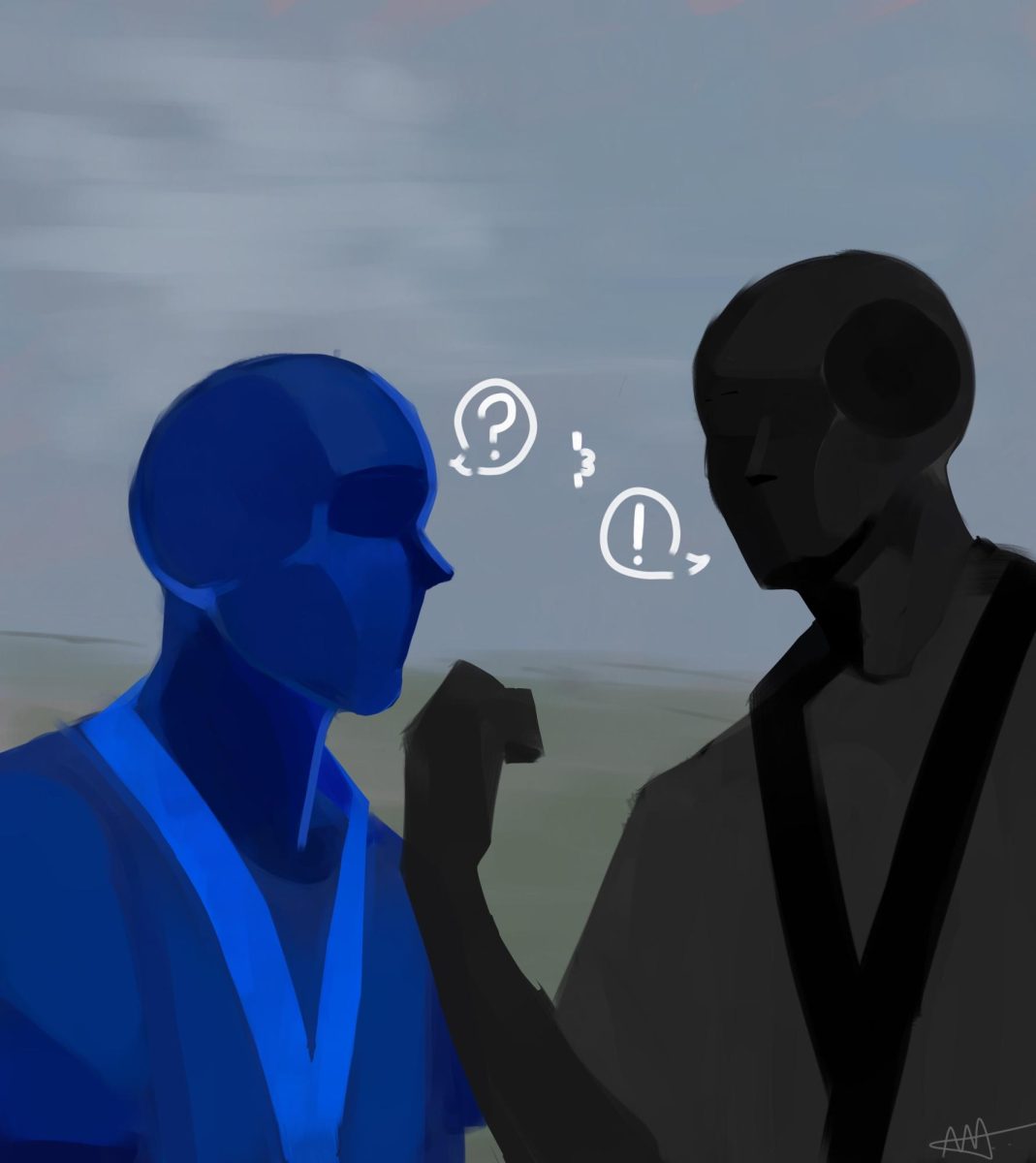

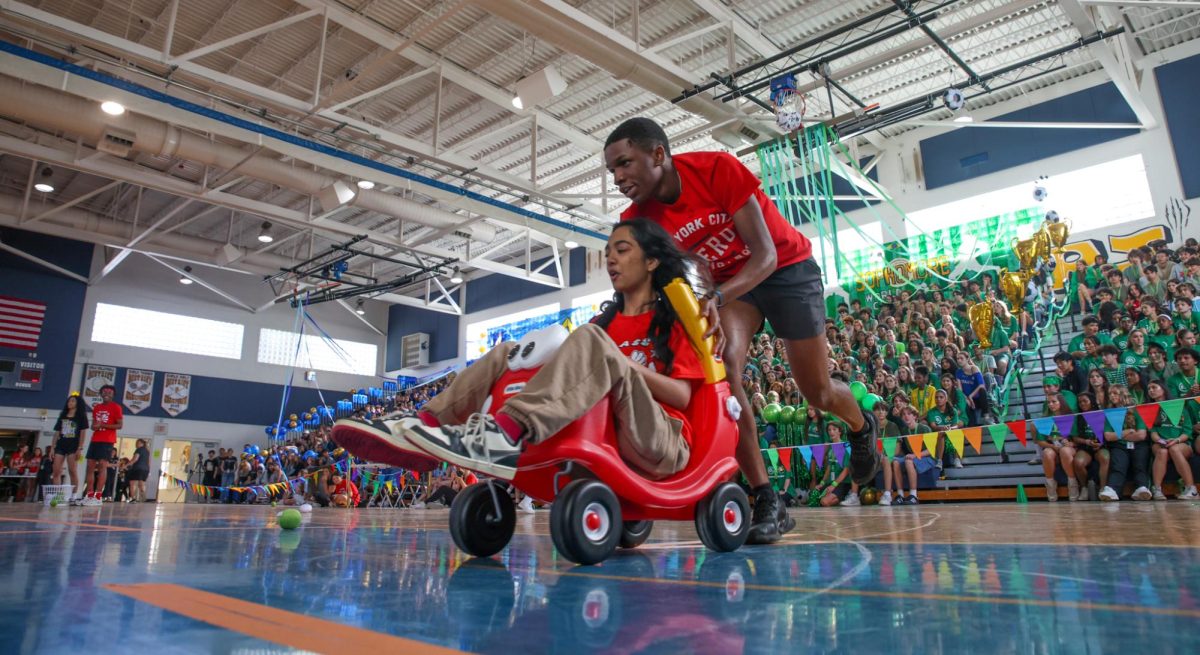


![[BRIEF] The Muse recognized as NSPA Online Pacemaker Finalist](https://www.themuseatdreyfoos.com/wp-content/uploads/2025/03/IMG_2942.jpeg)










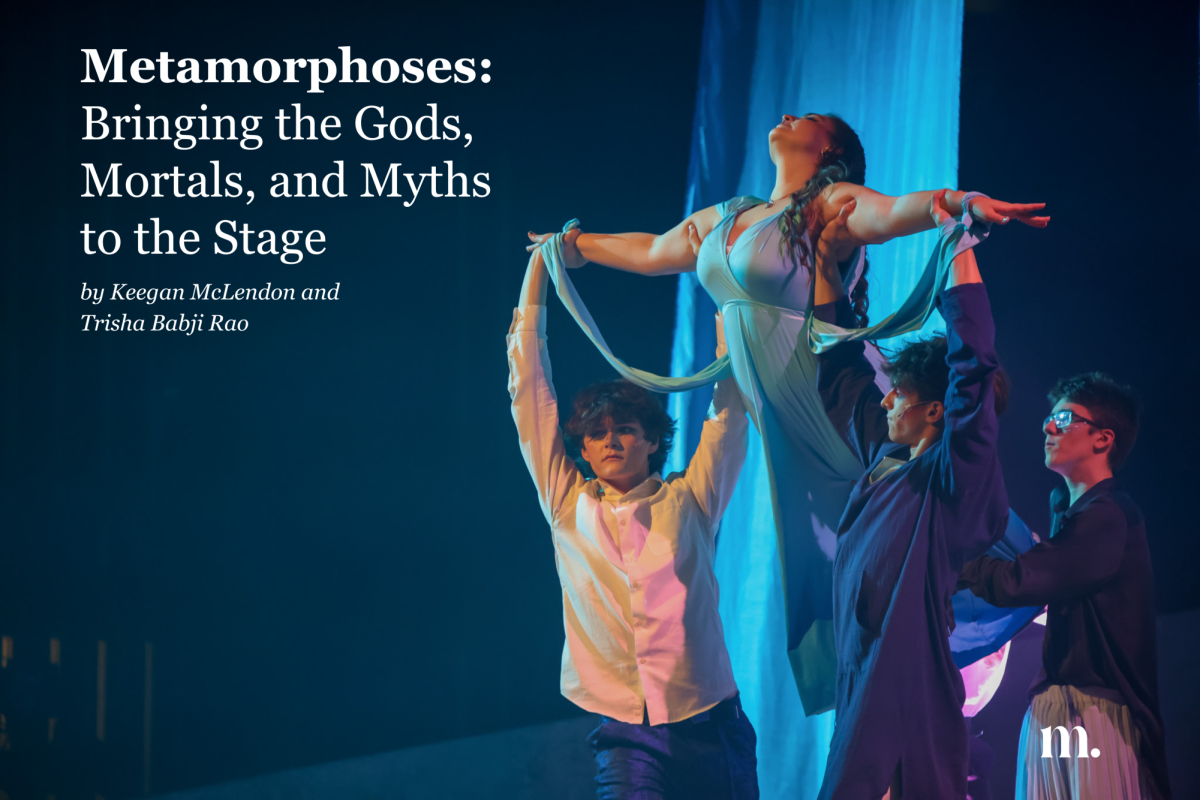
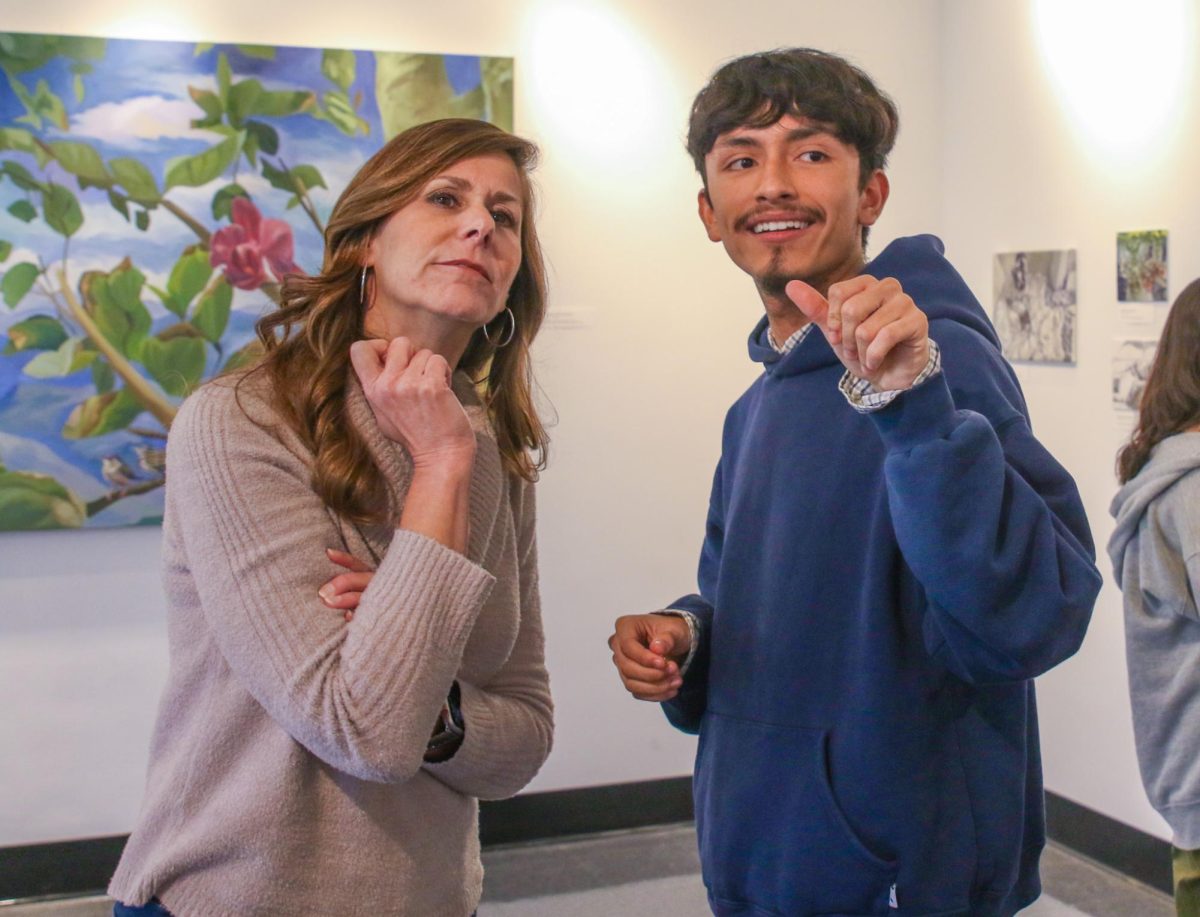


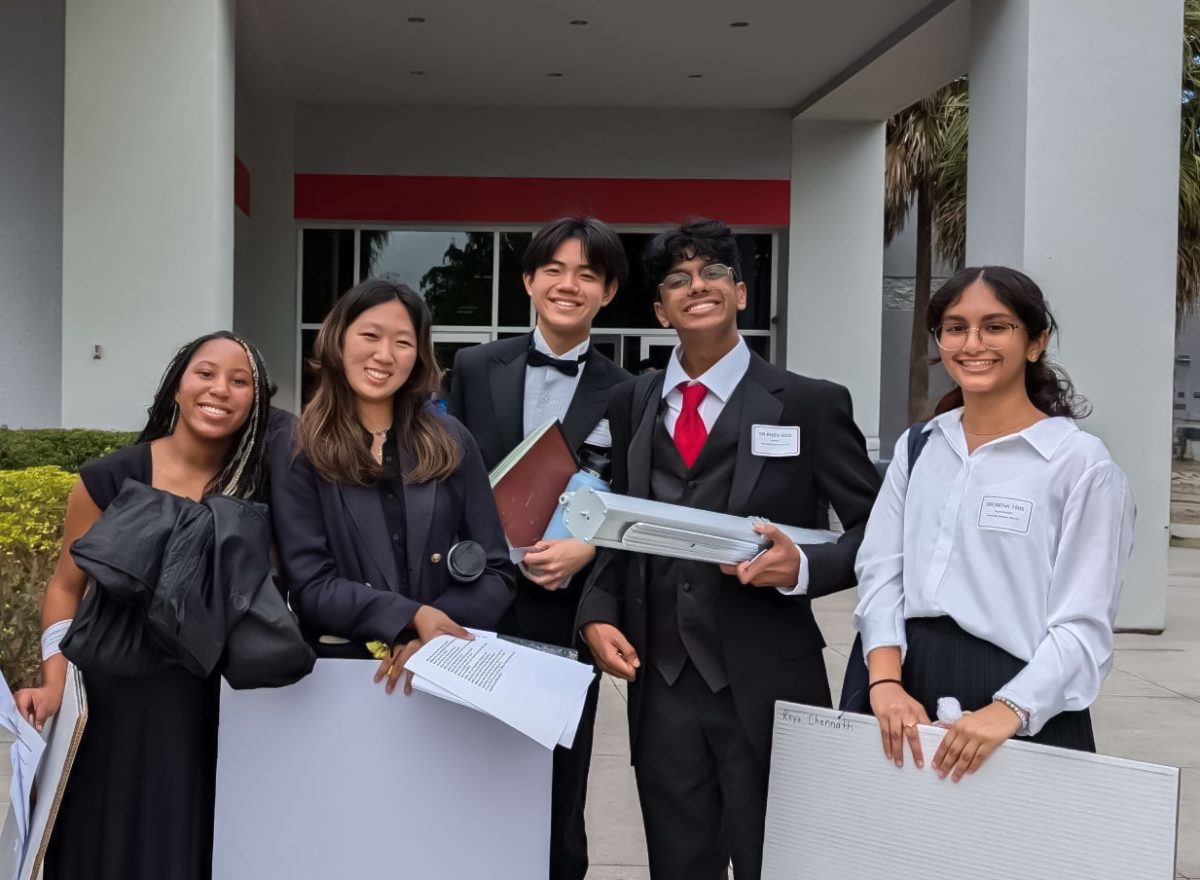










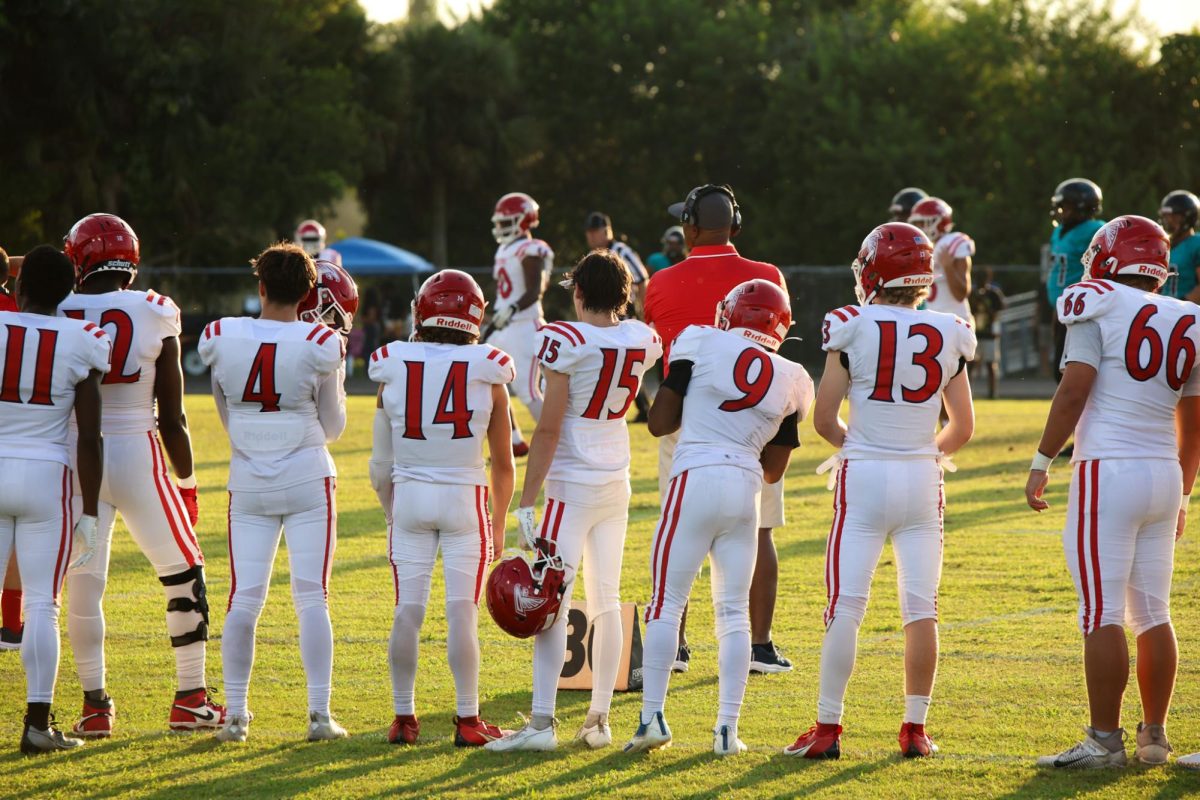


















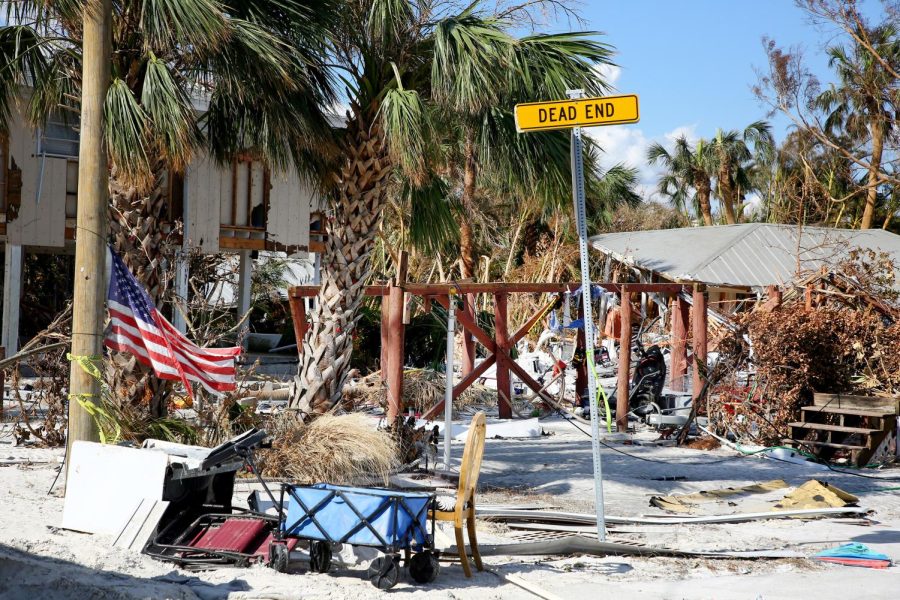
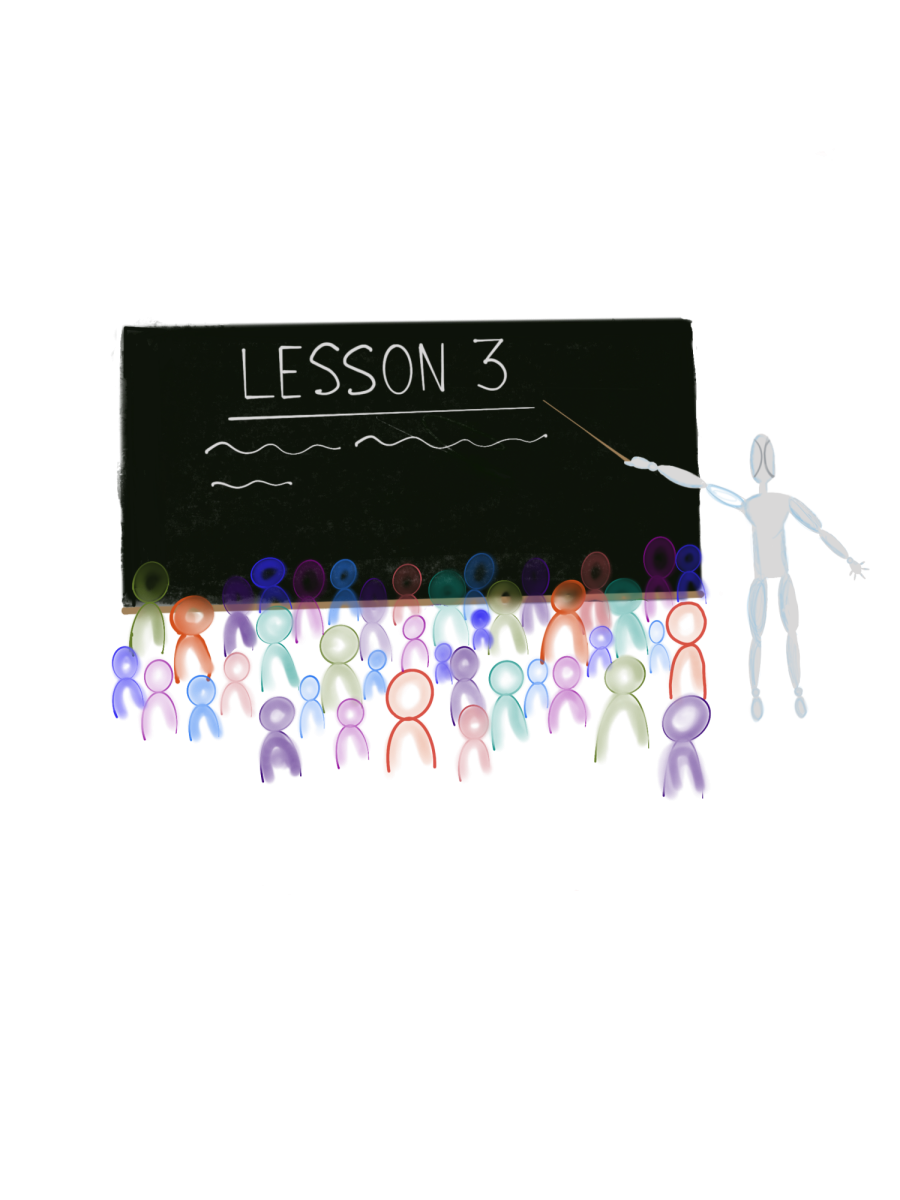

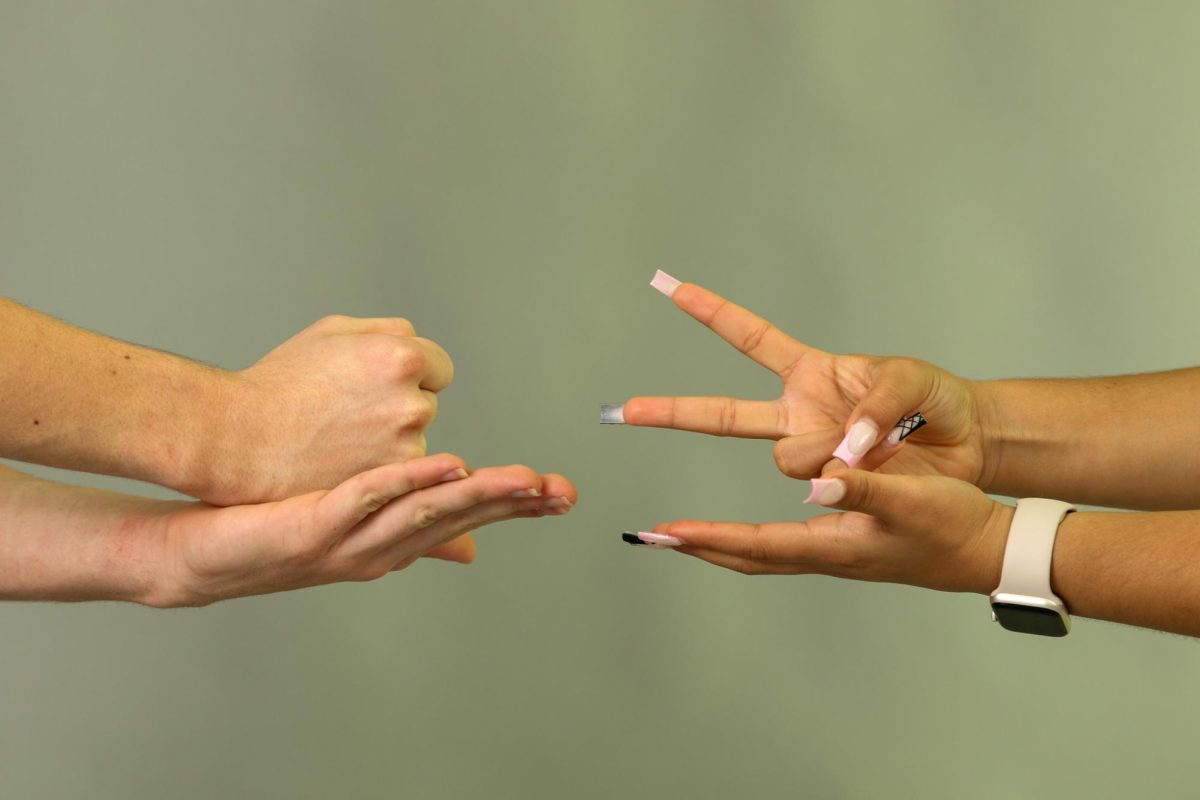

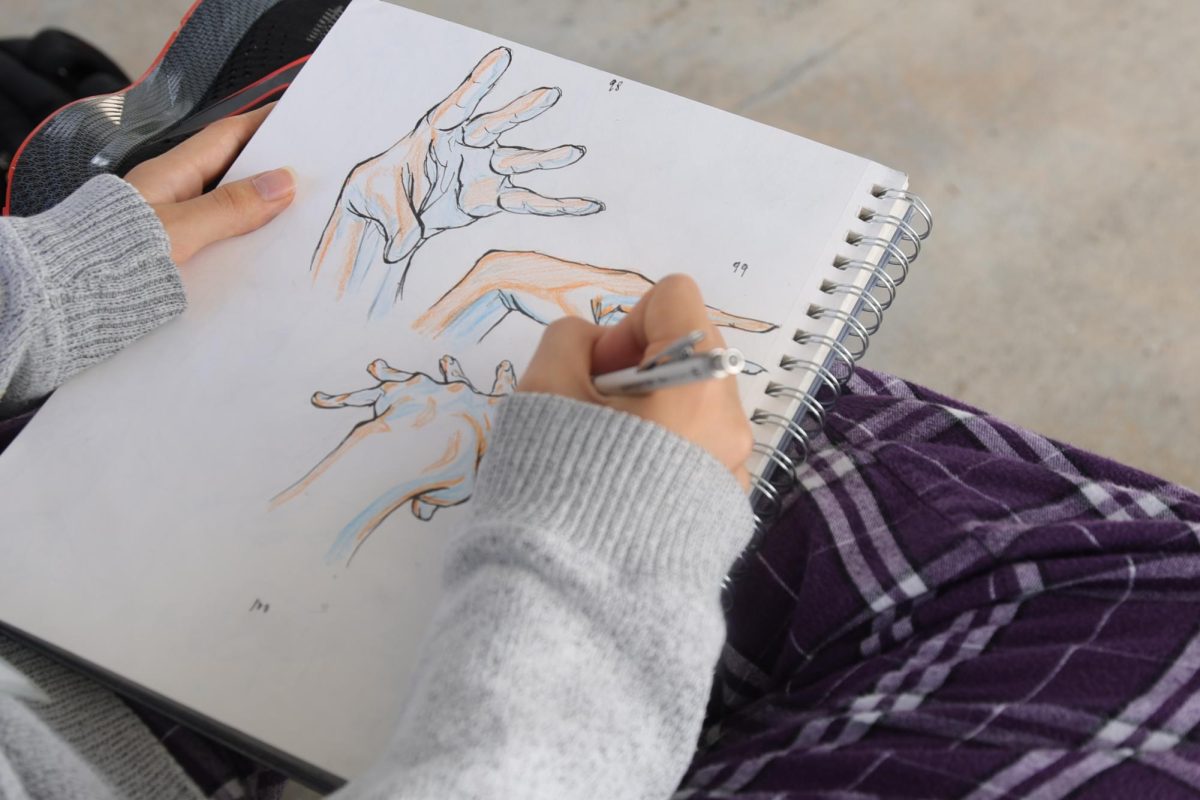


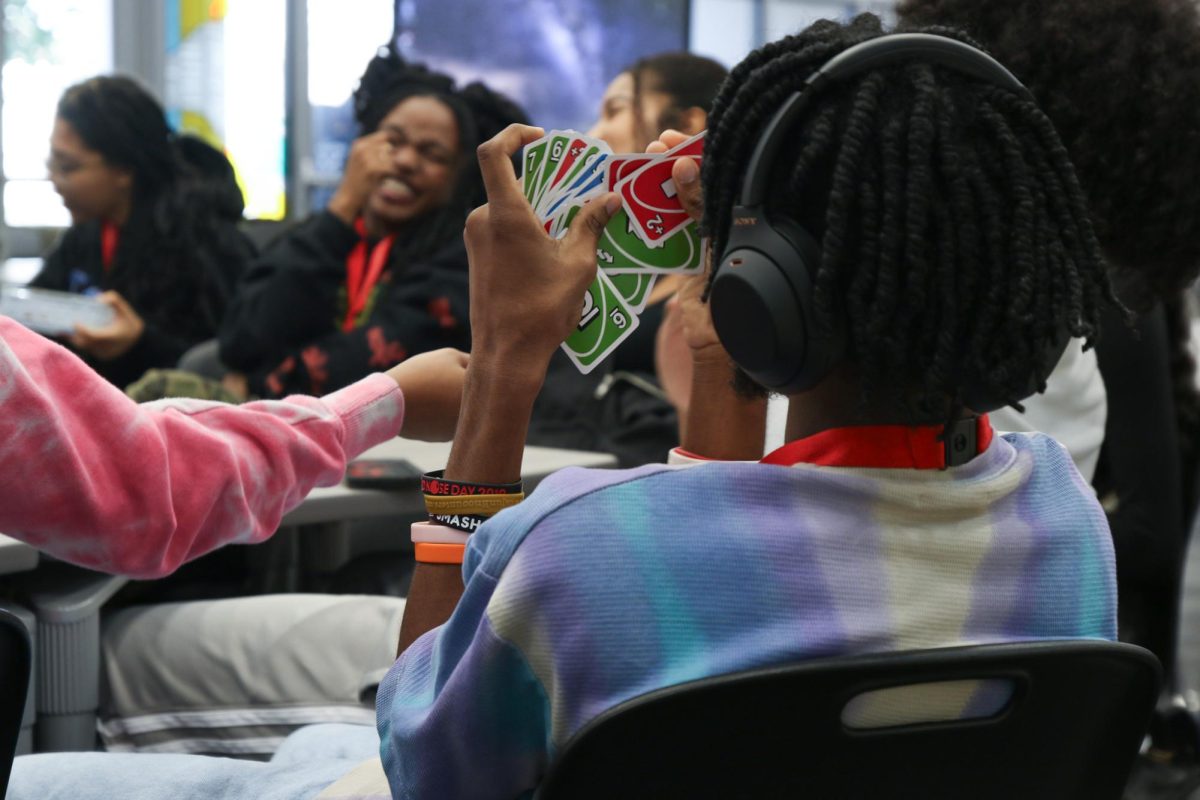


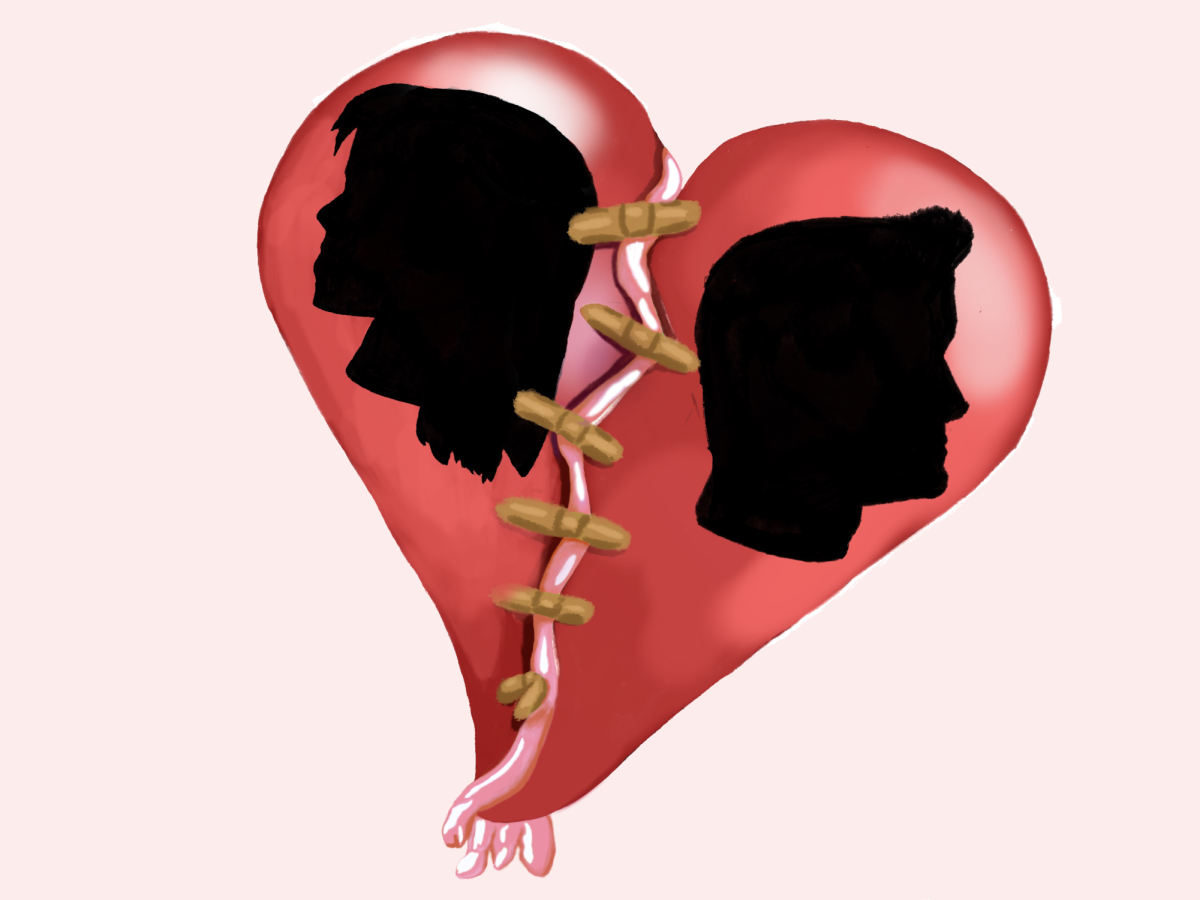
![[BRIEF] Class of 2024 Top 20](https://www.themuseatdreyfoos.com/wp-content/uploads/2023/10/breaking-news-1200x927.png)
